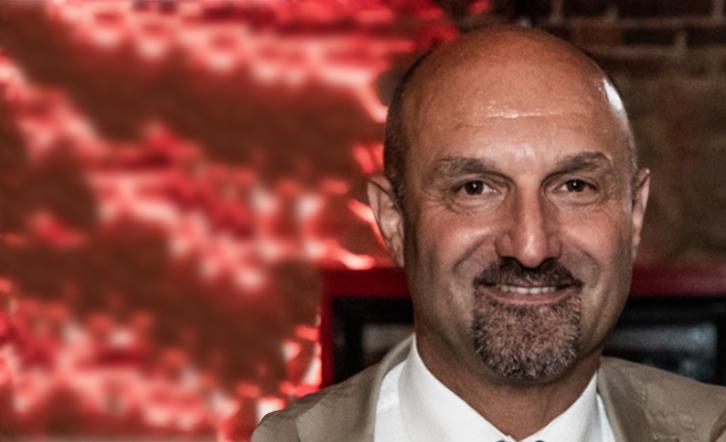25/11/19
SENS4ICE newsletter No 1: Word from Project Officer

Aviation is inherently and increasingly growing international. Aviation has a global impact on the atmosphere, and vice-versa. Aviation emissions in the atmosphere are increasing. In-flight weather hazards are also increasing worldwide. Meanwhile, the global demand for aviation keeps growing. Commercial Air-Transport (CAT) fatal and non-fatal accidents are continuously decreasing with EASA Member States’ accident rate running much lower than the world-wide rate [1]. However, in-flight weather hazards, in particular icing conditions, are a contributing factor to accidents and incidents world-wide. Further advancements in understanding, modelling, detection, avoidance and mitigation of in-flight performance degradation are necessary.
Over the past 5 years, INEA has undertaken a key-role in the wider landscape of aviation research and innovation funded by the EU. INEA’s implementation of the H2020 programme makes an important contribution towards achieving the EU’s strategic goals in aviation, in its vision "Flightpath 2050".
In 2018, a Call on “Innovative Technologies for Improving Aviation Safety and Certification in Icing Conditions” was published by the European Commission and evaluated under INEA’s supervision. In this Call, the multilateral international cooperation was encouraged. SENS4ICE and ICE GENESIS were the two selected proposals. Thanks to the leverage effect of the international participation from Russia, Brazil and USA, the budget for the SENS4ICE project is multiplied by a factor 2.
SENS4ICE will increase the flight safety in icing conditions and especially for SLD conditions. The project and its participants will contribute to filling the current knowledge gaps on the conditions at the border of the current specification for App. O conditions.
The success of SENS4ICE will also depend upon the development of a suitably reliable and robust direct detector of SLD (App. O) conditions.
There is some hard work to be done by the participants but I trust the involvement and complementarity of the members of the consortium to turn SENS4ICE into a great success.
[1] EASA, Annual Safety Review, 2016
